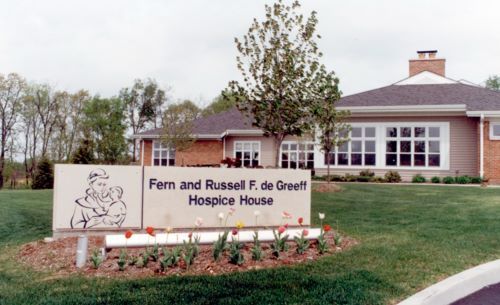

Patients in assisted living settings may be at greater risk of insufficient and poorer quality of care.

By Holly Vossel
Senior Reporter
Hospice News and Palliative Care News
Patients receiving hospice in one of the most common end-of-life care settings may not be receiving adequate services.
Researchers from Ohio University and the University of Rochester recently examined Medicare claims and Consumer Assessment of Healthcare Providers and Systems (CAHPS) data of 51,303 assisted living residents who received hospice care from 2018 to 2019.
Quality of life and insufficient support were found as leading concerns for families of hospice patients in assisted living facilities, according to the study, which was recently published in the Journal of the American Geriatrics Society (JAGS). A lack of staffing infrastructure may be a root cause of negative outcomes, the study found.
“At least half of assisted living (AL) residents receive hospice services before death, yet much remains unknown about the quality of hospice care in this residential setting,” the researchers wrote in the study. “Hospice services are widely used by assisted living residents at the end of life, yet concerns exist about the adequacy and quality of hospice care in this setting.”
The study primarily focused on the number of both clinical and nonclinical hospice staff visits that patients received within the last three days of life.
Increased hospice clinical staff visits during the last days of life were associated with several areas of quality improvement, the research found. Emotional support scores saw a 0.04-point increase per visit, family’s ratings of quality and a willingness to recommend a hospice each rose by 0.03 points, while outcomes of feeling respected saw a 0.02-point rise, according to the findings.
READ ENTIRE ARTICLE AT HOSPICE NEWS AND PALLIATIVE CARE NEWS


